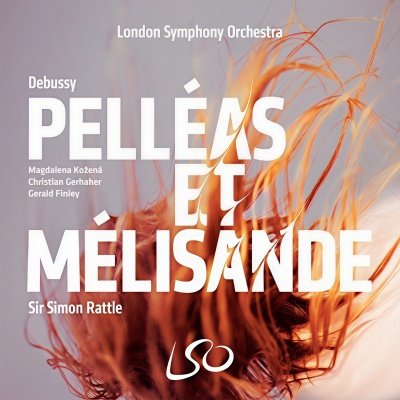
Debussy: Pelléas et Mélisande
"Watch out for the live recording on LSO Live’ Richard Morrison, The Times ‘Irresistible...the performance was being recorded for LSO Live. I shall be first in the queue to buy it.’ Rupert Christiansen, The Telegraph ‘Roll on the recording...’ BachTrack ‘Rattle’s relationship with this score is a long one, and it unfolds here in spontaneous, giddy arcs...picked out in gilded detail by the musicians of the LSO.’ Alexandra Coghlan, The Arts Desk ‘Rattle’s moving statement of intent. Simon Rattle and Peter Sellars go headstrong into a bright future with the London Symphony Orchestra...’ The Guardian ‘Rattle draws shimmering beauty from the forest...’ The Standard ‘Rattle’s conducting was immaculate... the performance has made me think about the work again, wondering how far I should prod that glorious surface to see what lies beneath.’ The Spectator ‘A magnificent achievement.’ Seen and Heard International Sir Simon Rattle leads an all-star cast in this highly anticipated new recording of Debussy’s evocative opera Pelleas et Melisande. It was captured in January 2016 during performances of an innovative collaboration between Rattle and Peter Sellars, two of the boldest creative minds in music and theatre today. Supported by the London Symphony Chorus, prepared by renowned choral director Simon Halsey, it is a moving statement of intent for Rattle’s tenure as LSO Music Director. The plot, a love triangle between Prince Golaud, his wife Melisande and his brother Pelleas, is shrouded in mystery and full of gripping twists and emotion-filled turns, ultimately ending in Pelleas’s untimely death. The sensuous score contains some of Debussy’s most exquisite music and perfectly crystalises the atmosphere of Maeterlinck’s original play. Debussy himself explained the appeal of the work: ‘The drama of Pelleas which, despite its dream like atmosphere, contains far more humanity than those so-called “real life documents”, seemed to suit my intentions admirably. In it there is an evocative language whose sensitivity could be extended into music and into the orchestral backcloth.’
